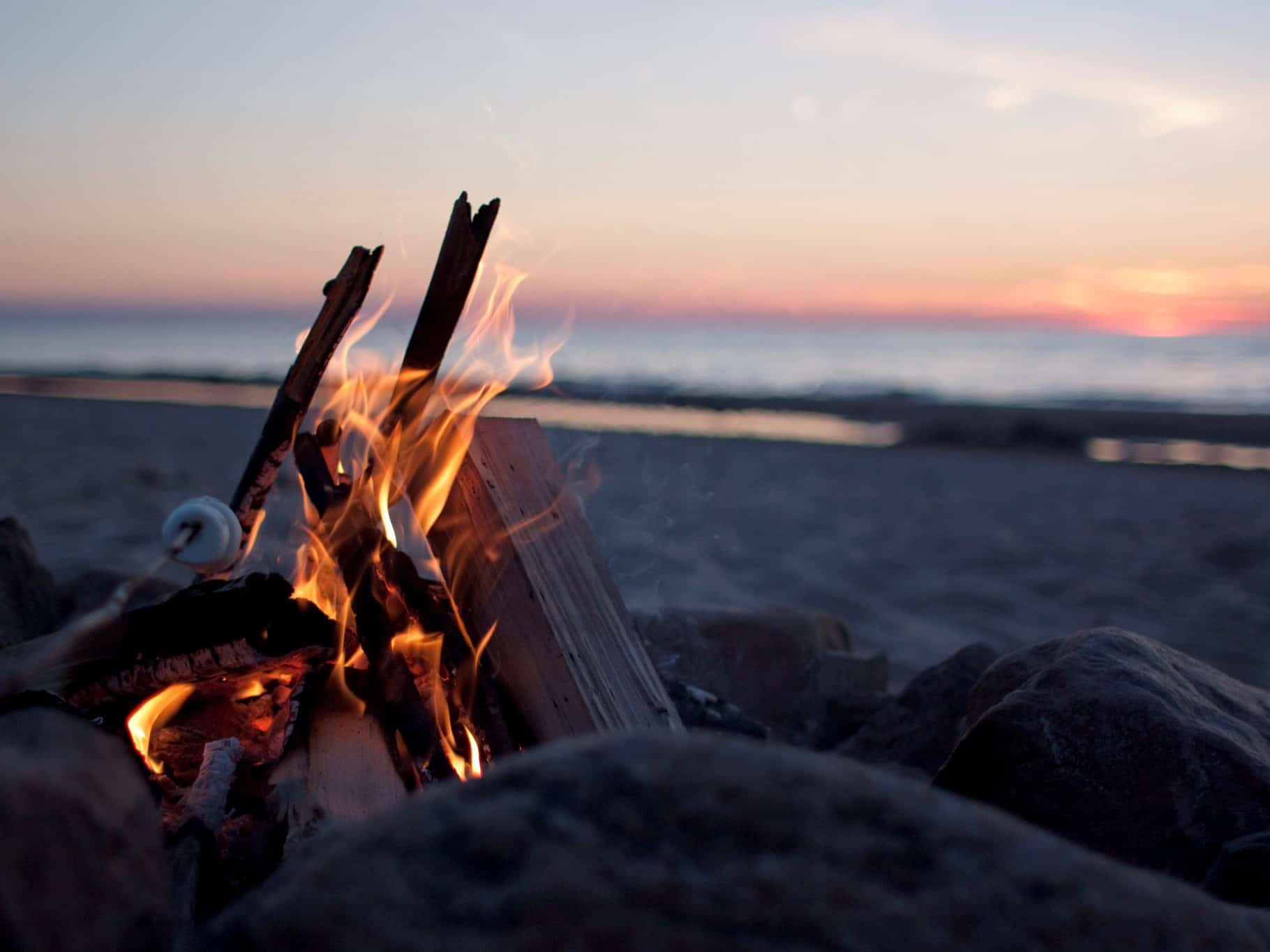Additionally, pack whatever food you intend on cooking along with all of the necessary dinnerware and cutlery. Don’t forget your trash bags for cleanup, and a washcloth or wipes are useful for sandy hands.
Furthermore, we prefer pre-made dinners in foil for a couple of reasons. First, by making them at home, it ensures you’re not getting a bunch of sand in your food.
Second, it reduces the amount of work involved, as well as packed items. Plus, it’s a cinch to clean up.
And finally, you’ll need to take something to sit on, whether a towel, blanket, or chair; and a jacket if it’s cool out.
Don’t forget the most important items: the drinks and the music.

